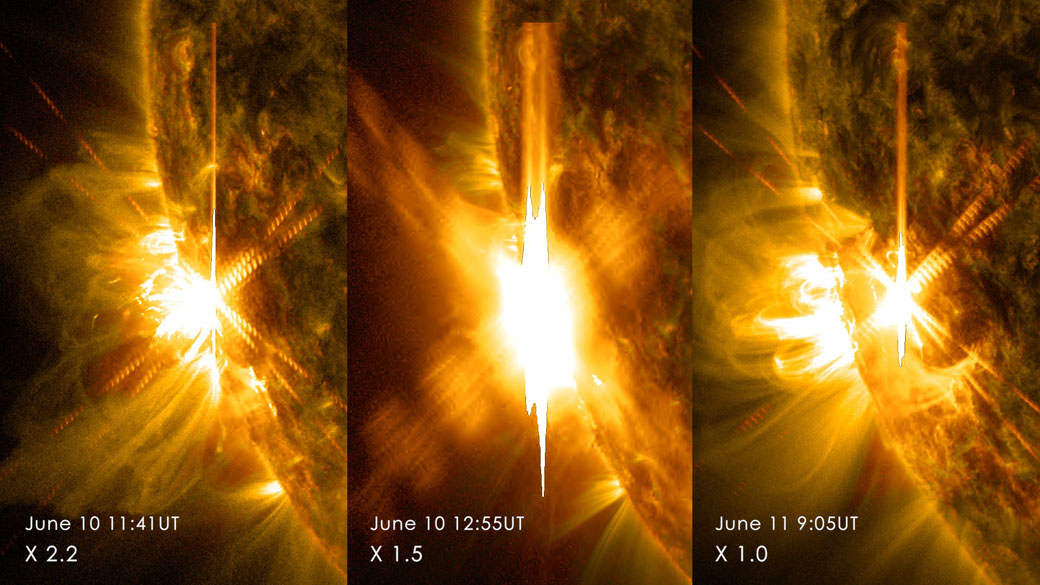In March 1989, most of Quebec was thrust into darkness as a blackout swept across the province. The culprit: our sun. And new research suggests that we could see something 1,000 times worse.

Our sun is constantly bubbling with plasma, gases and complex magnetic activity. Every so often it unleashes its magnetic energy, emitting extreme radiation into space; an “ordinary” solar flare can emit energy equivalent to 100 million megaton hydrogen bombs. When this energy reaches Earth, it can cause radio blackouts, interruption of GPS satellites and more. In a world dependent on technology, a major flare could be catastrophic to our way of life.
READ MORE: How solar storms could leave us in the dark
Though the chances of our star emitting a superflare — one that is 1,000 times more powerful than that ever seen on our sun — are unlikely, there is still a possibility, according to a study from the University of Warwick.
WATCH: SDO Observes Strong X-class Solar Flare
The reason a superflare can’t be ruled out is due to observations of another star in our galaxy, known as KIC9655129.
Using NASA’s Kepler Space Telescope, astronomers have seen this star — part of a binary, or two-star system — release these ultra-powerful flares that have wave patterns similar to that observed from our own star.
“If the sun were to produce a superflare it would be disastrous for life on Earth; our GPS and radio communication systems could be severely disrupted and there could be large scale power blackouts as a result of strong electrical currents being induced in power grids,” said lead researcher Chloë Pugh.
The 1989 blackout across Quebec was caused by a major solar flare followed by an ejection of plasma called a coronal mass ejection. When the particles reached Earth, it created powerful electrical currents underground, which eventually resulted in the failure of power grids across the province.
Though the researchers believe that the chances are low, they do believe that one is possible eventually, concluding that “the sun is able to produce a potentially devastating superflare.”
Solar flares are measured on an intensity scale: A, B, C, M-class and X-class. Each letter is a 10-fold increase in energy output and each letter has its own scale that ranges from 1 to 9. That being said, however, the most powerful solar flare ever recorded broke the scales coming somewhere near X-28.
- Gardeners need to watch out for these 2 worms in Ontario. Here’s why
- Satellite built by N.B. students not responding a week after entering Earth’s orbit
- Stuck in B.C. lagoon for weeks, killer whale calf is finally free
- T. Rex an intelligent tool-user and culture-builder? Not so fast, says new U of A research




Comments